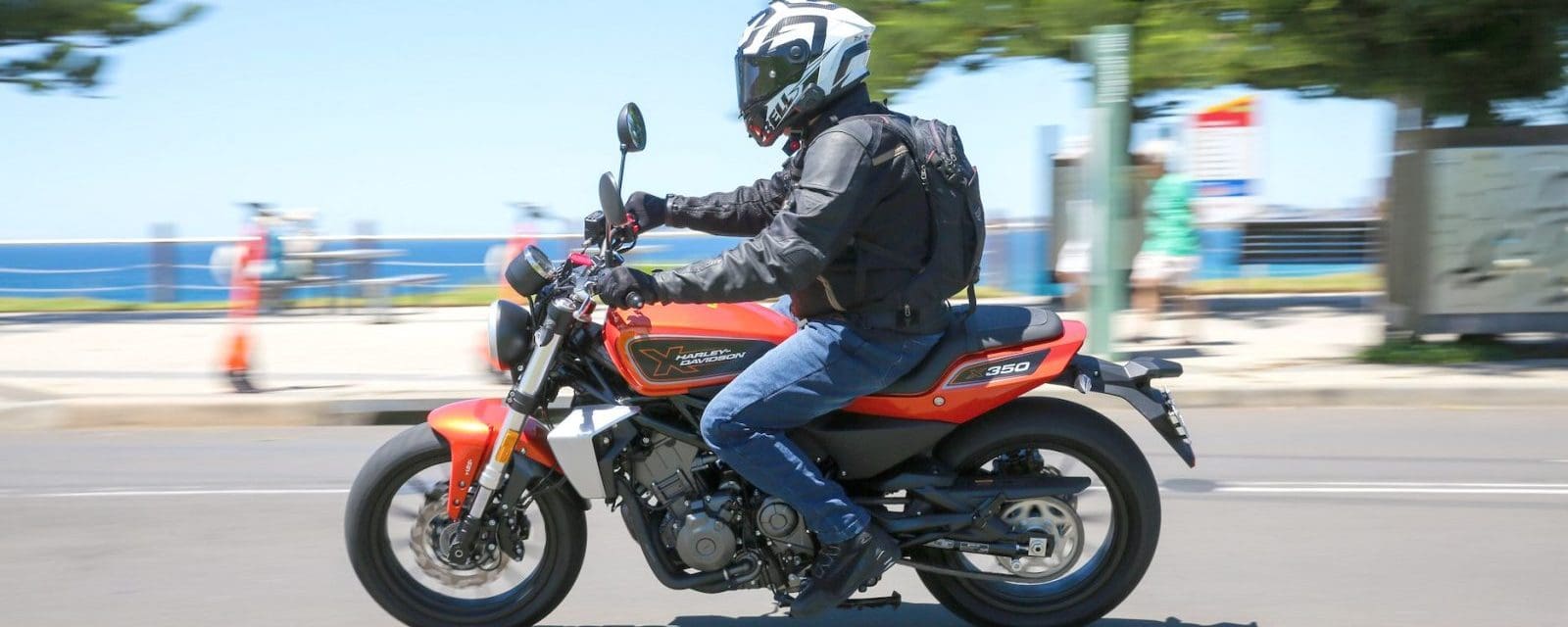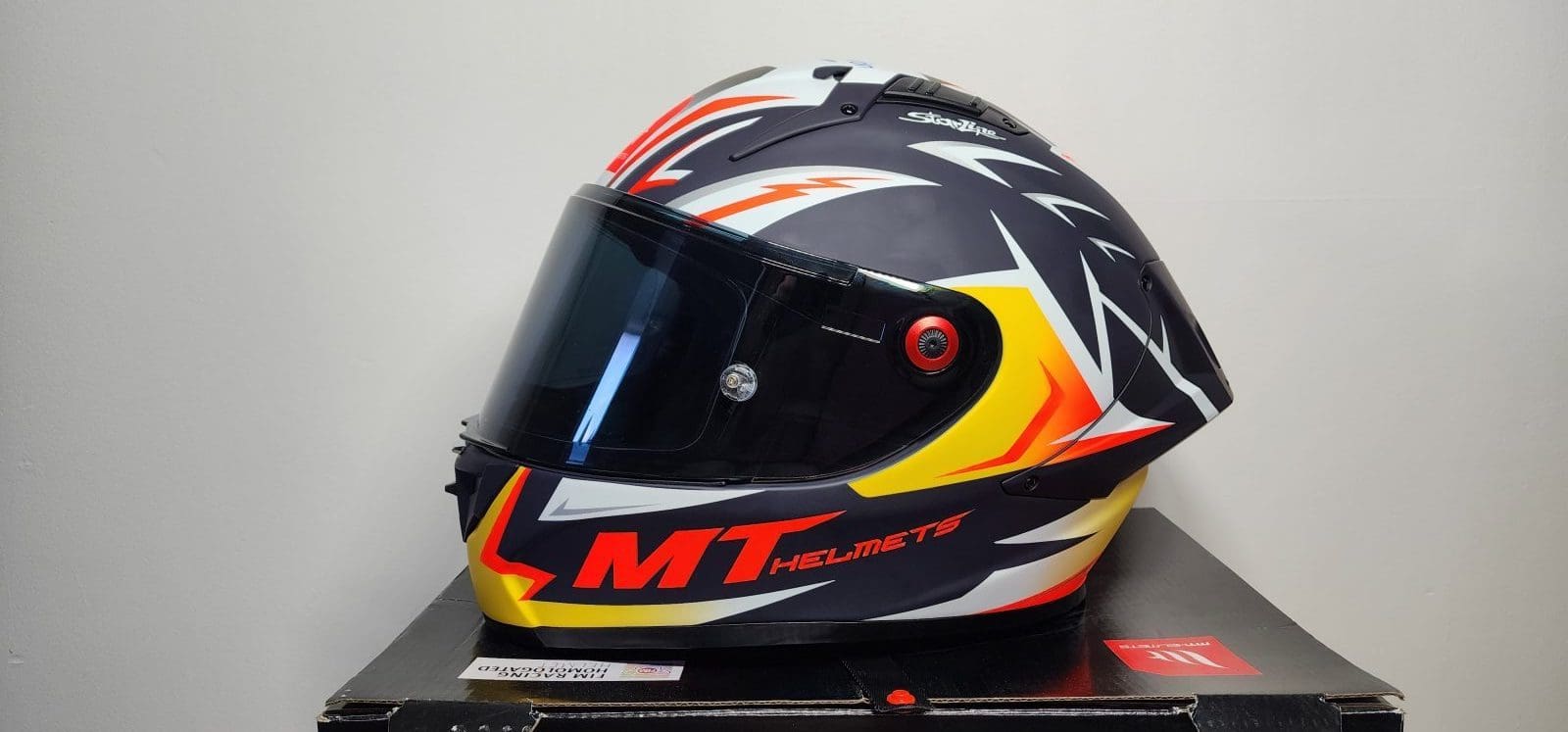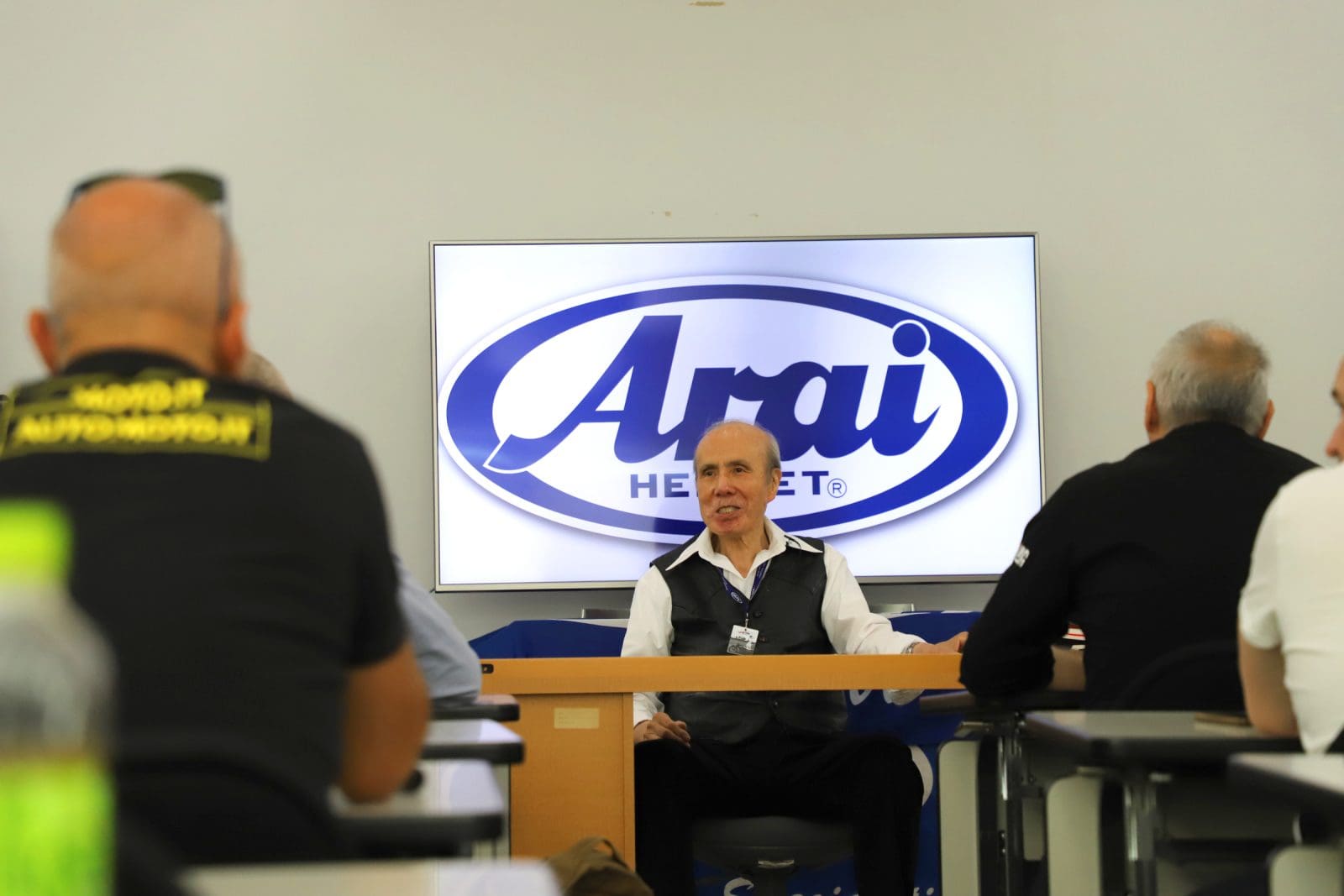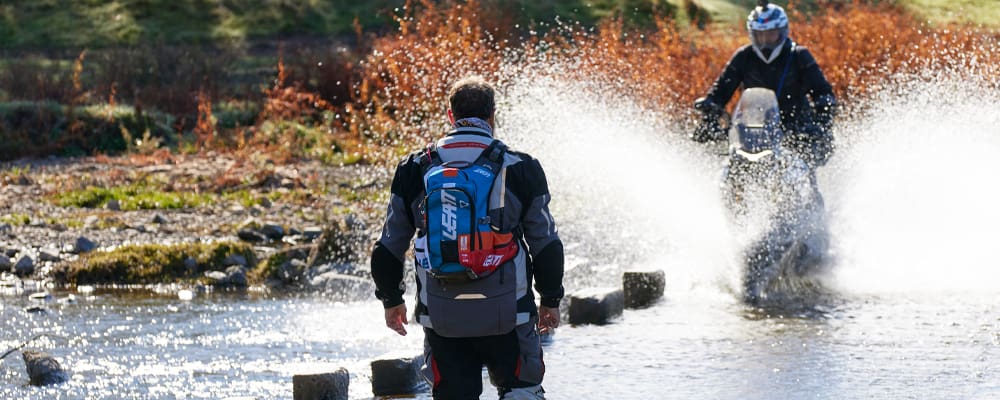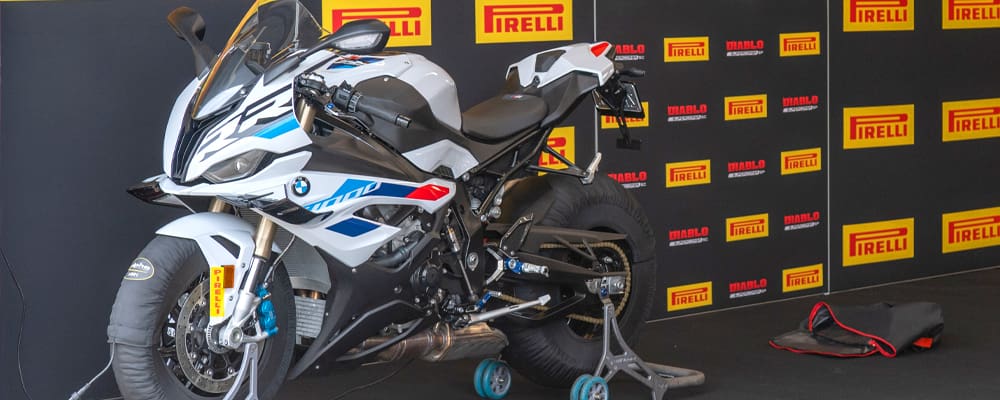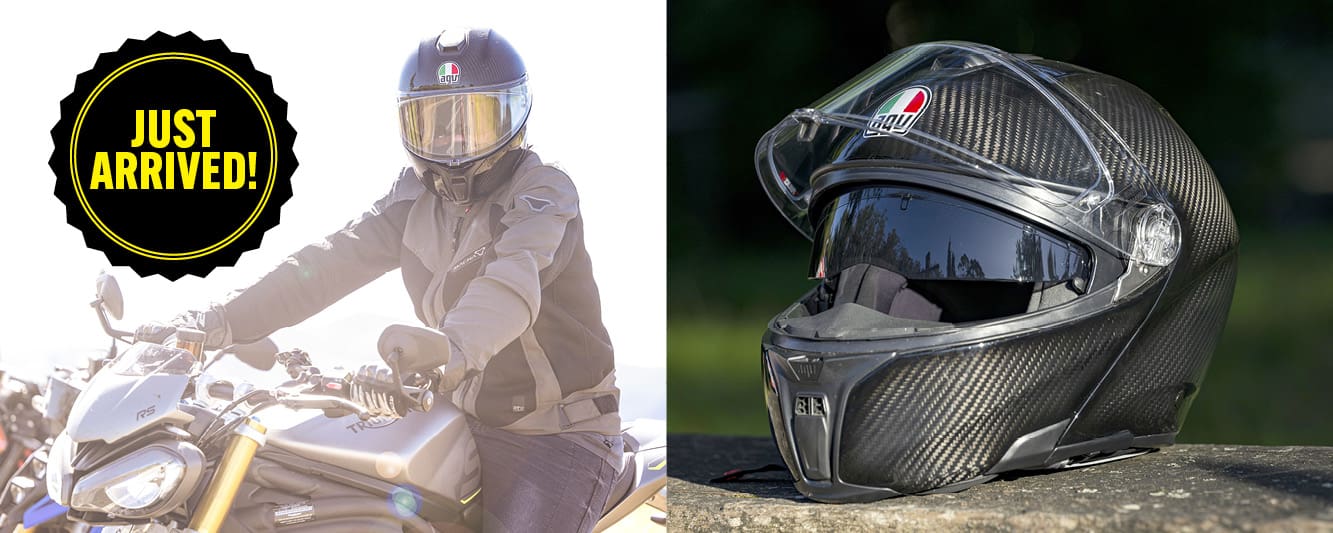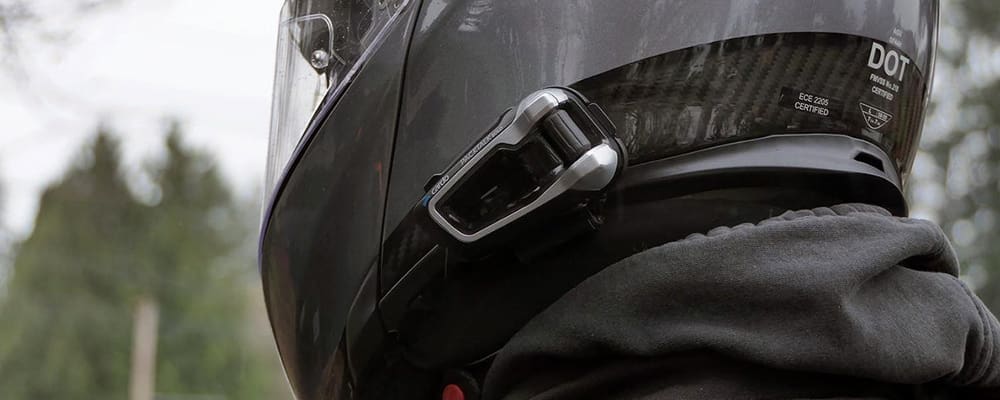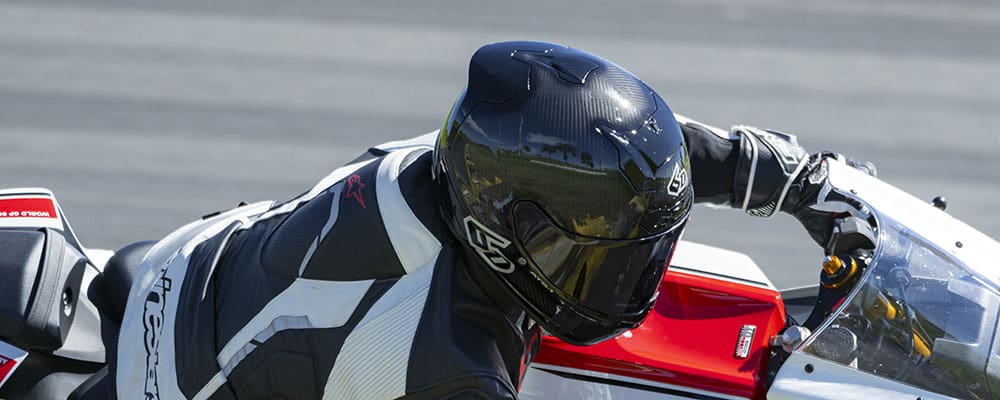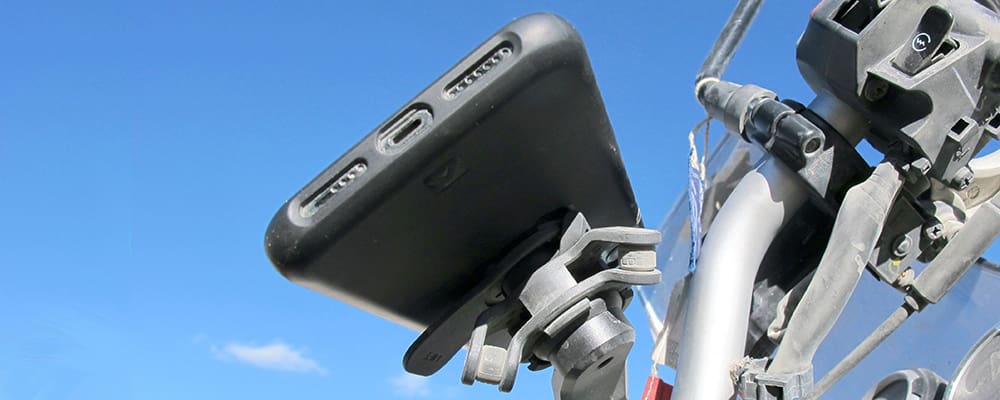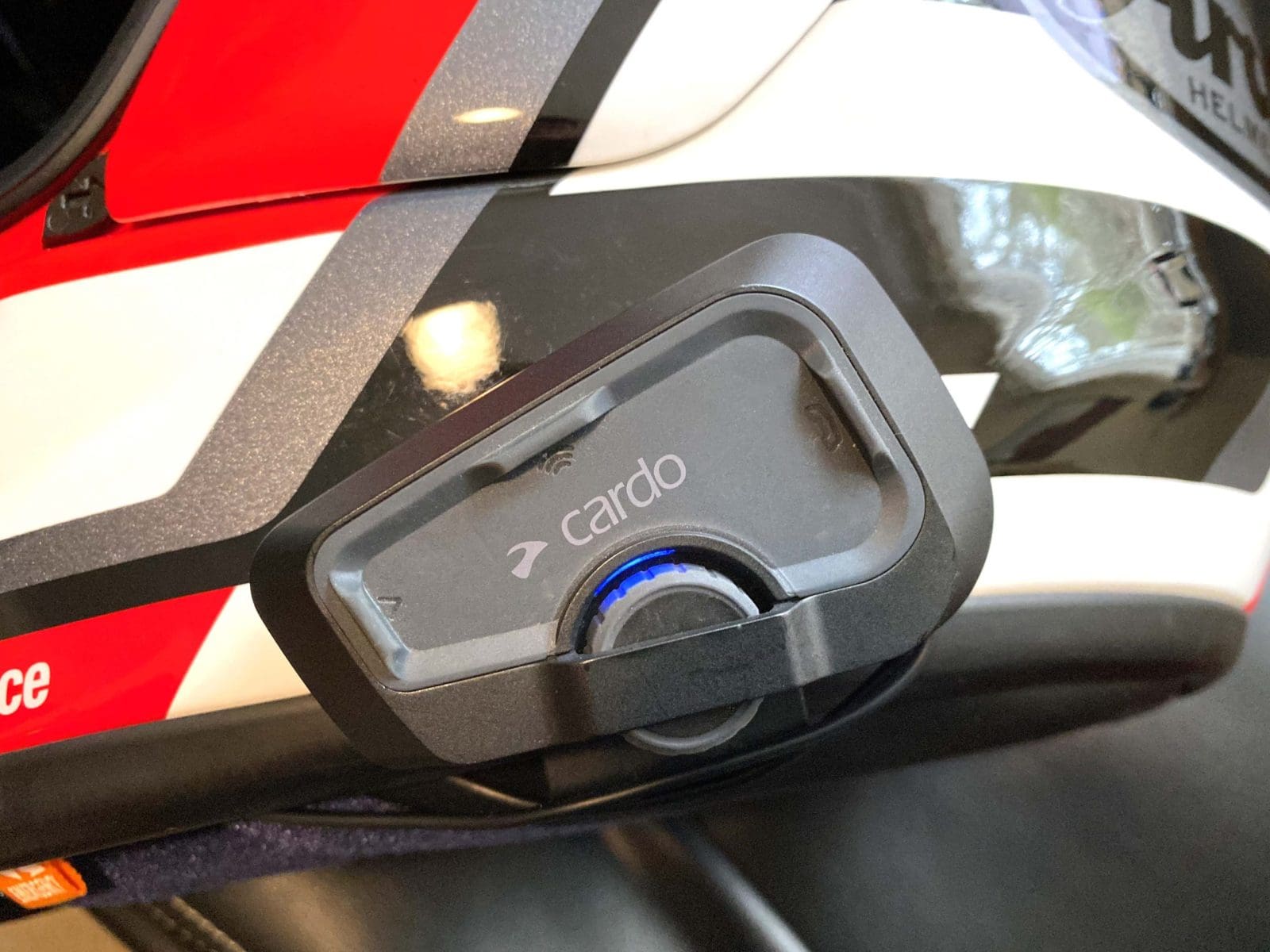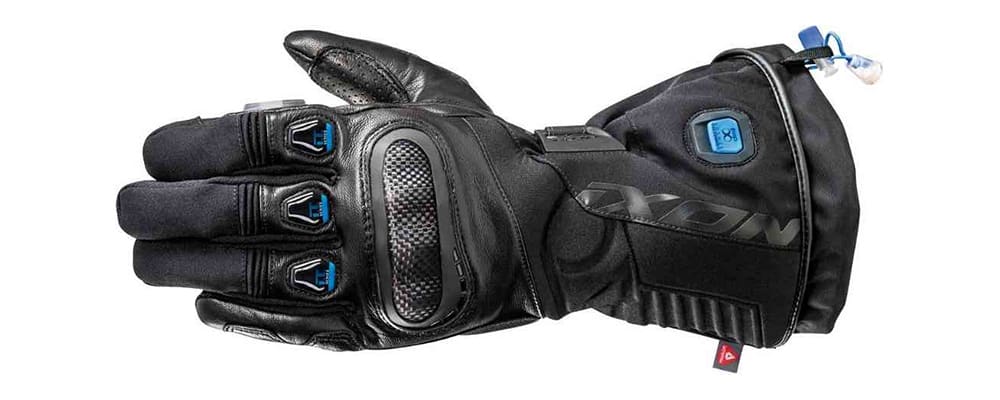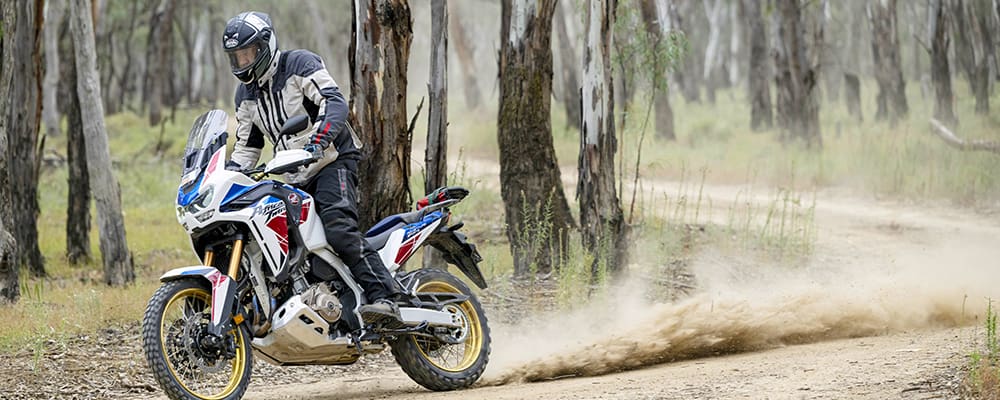Attending the launch of a new tyre requires a degree of acceptance that the information provided in the press kit has been obtained using accepted methods of testing. Unlike a motorcycle test, it’s often difficult to prove these figures true or false without undertaking the rigorous testing procedures yourself.
There’s no reason to doubt Michelin’s claims that its new Power RS tyre is more durable and has better dry and wet weather grip than its competitors. Rigorous testing at three test tracks also revealed it’s up to 3.5sec a lap quicker than the Pilot Power 3 tyre it is replacing. But some things cannot be snuck past a cynical group of journalists, no matter how flash the press kit, and that’s how I ended up in Qatar thrashing a stable of 200hp-plus superbikes at the Losail GP circuit.
Michelin’s new Power RS (Road Sport) tyre has been two years in the making, but it has been four years since the concept was first discussed in Michelin’s Clermont-Ferrand HQ in France.
The design brief called for a high-performance road tyre that offered excellent dry-weather grip levels without sacrificing wet-weather performance. In other words, it needed to perform across a wide operating window. And, as always, it also had to deliver a huge increase in mileage.
After bashing a fleet of the world’s fastest production sportsbikes around the Losail MotoGP circuit in Qatar as hard as I dared, I’ll back Michelin’s claims of unrivalled grip levels and impressive high-speed stability. This may just be the gamechanger Michelin claims it to be.
The secrets behind the Power RS hoop are new rubber compounds and a new patented construction approach called Michelin ACT+, which the company heralds as one of the most significant motorcycle tyre innovations since the invention of the radial in 1987.
In 2015, the Michelin Group committed €700 million (A$980 million) to R&D which helped its motorcycle arm explore new opportunities in the world of sport road tyres. The result is the Michelin ACT+ technology, which required a significant adaptation of Michelin’s manufacturing processes.

From the pilot seat
The Michelin Power RS launch consisted of a series of workshops, both to educate the 20-odd journos and to stop them simply bashing around a circuit all day.
One novelty at the launch was the use of a virtual reality headset in place of a spirited mountain ride – mountains and twisting roads being two things severely lacking in Qatar. It was an amusing touch, made more so when the patsies wearing the headset and earphones unknowingly became the prop for a series of selfies.
This was followed by a quick ride around a miniature version of the Losail circuit on 300cc machines fitted with a special version of the Power RS specifically designed for small-capacity motorcycles. This provided a small taste of the tyre’s performance and piqued our curiosity about what lay ahead.

The first session on the main race track saw us let loose on a tasty choice of sportsbikes – a BMW S1000RR, Kawasaki ZX-10R, Yamaha R1, Ducati Panigale, Honda S1000RR SP2 and Aprilia RSV4 – fitted with the outgoing Michelin Pilot 3, which the Power RS will replace.
While getting progressively faster as the laps rolled on, I was concerned that I wouldn’t be able to tell the difference between the old and new tyres. Those fears proved unfounded.
Once warmed up (read bathing in sweat as we battled the late-afternoon desert heat) we switched to the same selection of bikes fitted with the new RS. The major differences were noticeable almost instantly. The front end felt lighter, yet offered more feedback, with noticeably more grip than the previous tyre.
As I learned which way the hard-to-spot bends went, I started taking huge chunks out of my times each lap and the comparison between tyres quickly became invalid. From that point it was simply a matter of seeing how much faster I could go on the new tyres, and the answer was ‘a lot’.
The combination of Losail’s tricky constant-radius turns, high-speed sections and heavy braking at the end of the long straight were all set to expose any shortfalls in grip, and if that wasn’t enough the high-speed kilometre-long front straight was ready to highlight stability issues. But the Power RS passed all tests with flying colours.
At times I had to remind myself that this was, in fact, a road sport tyre, and not a grooved race tyre. It seemed the harder I pushed the better they felt.
By the end of the evening, I was exhausted. I’d given the tyres my best and they still seemed prepared to give more. Some of the bikes had been punished without rest all evening and the tyres looked as shagged as you would expect, yet the grip level remained strong. I can’t wait to get a set onto a road test bike to see how they go.

Treading water
Most advances in modern tyre technology may be hidden in that black rubber, but one area on show is the tread pattern. The sexy-looking speartip design used on the new Power RS is said to be more than up to the task of wet-weather riding.
It’s hard to imagine how such a limited collection of computer-modelled slots – which account for a much-reduced percentage of the tyre’s surface than any other tyre I can think of – can effectively squeegee out water, but the quick wet-road test we did at Losail showed they do work.
Michelin’s white-coated boffins have placed the grooves so that, when the bike reaches the angle of lean most riders will use in wet-weather conditions, the sea-to-land ratio of the contact patch is at its maximum. When cornering in the dry with a greater lean angle, the ratio decreases dramatically to offer maximum grip.
We’ll fully test the effectiveness of the Power RS tread pattern in the wet when we fit a set to our Yamaha MT-10 long-termer.
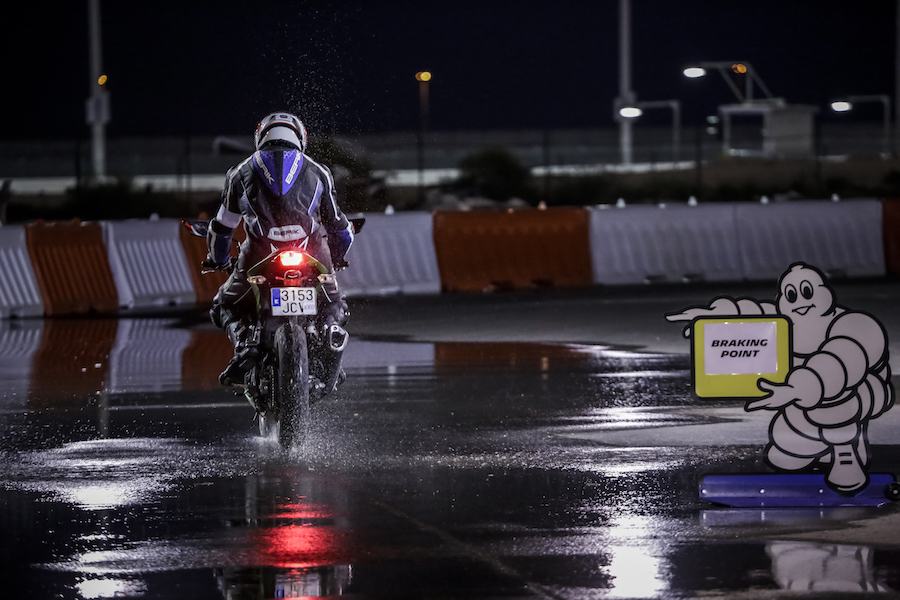
Tiddlers not forgotten
With emerging markets in Asia and India creating a boom in small-capacity sportsbike sales, it makes sense for tyre manufacturers to tap into these markets.
Youngsters wanting a bike that mirrors the machines ridden by their racing heroes will probably also want to be on sportier rubber than the OEM offerings. And this is what motivated Michelin to produce a version of its Power RS for these small-capacity bikes.
The smaller-size Power RS tyres have a slightly different construction to those made for larger-capacity models. While the rubber compounds and tread patterns are the same, their construction does not include the patented ACT+ carcass due to the reduced need for high-speed stability.
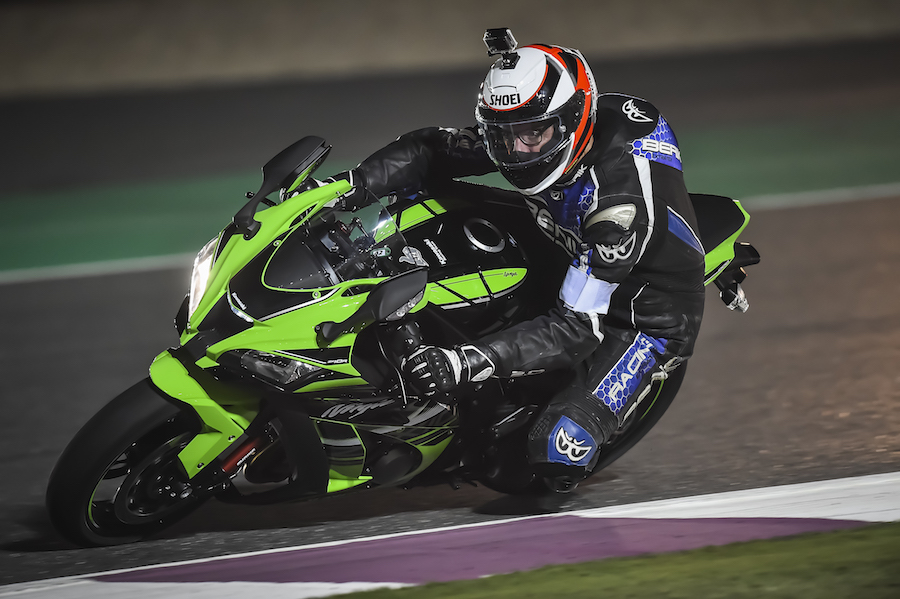
TEST CHRIS DOBIE
PHOTOGRAPHY MICHELIN
